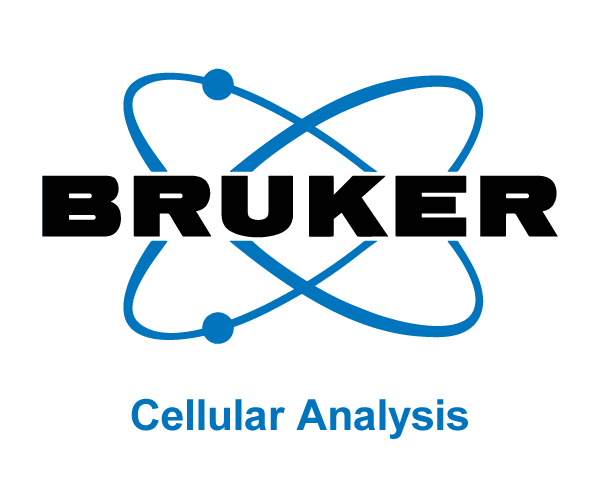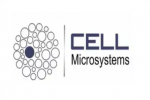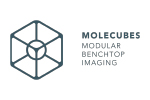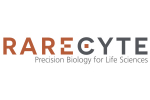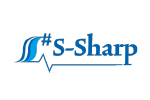Discover
Gentle Cell Sorting Advancing ALS Research
Researchers using iPSC-derived neurons and glia for ALS models have found that WOLF’s gentle, low-pressure sorting preserves fragile cells’ viability and function—unlike traditional droplet sorters.
October 15, 2025
Image-activated cell sorting
The NanoCellect VERLO Image-Guided Cell Sorter is mentioned in the attached Nature Reviews Bioengineering paper (Ding et al., 2025) reviewing commercially available Image-Activated Cell Sorting systems.
September 16, 2025
Control of behavioral uncertainty by divergent frontal circuits
Preprint on bioRxiv shows that plasma p-tau181, NfL, and GFAP effectively differentiate Alzheimer’s from FTD and DLB, while Aβ₁₋₄₂/₁₋₄₀ adds little diagnostic value.
June 4, 2025
STAIG: Spatial transcriptomics analysis via image-aided graph contrastive learning
STAIG: Spatial transcriptomics analysis via image-aided graph contrastive learning for domain exploration and alignment-free integration
March 24, 2025
Maximize results and efficiency of Analytik Jena equipment in your NGS workflow with new ebook
This e-book shows how important NGS sample preparation is for high-quality sequencing results and how it can be simplified and optimized.
March 4, 2025
Don’t waste your time for homogenization and get best results in neurscience with Singulator!
Single-nuclei sequencing (SNS) is a transformative approach for dissecting cellular diversity in complex tissues like the brain. Effective isolation of high-quality cells with intact nuclei is essential for the success of this technique.
January 6, 2025
Functional cure with single agent olutasidenib in relapsed IDH1/NPM1 co-mutated AML
This case report by Justin Watts and colleagues describes a patient with relapsed acute myeloid leukemia (AML) harboring IDH1 and NPM1 mutations who achieved a functional cure using olutasidenib alone — an oral, selective mIDH1 inhibitor.
August 20, 2025
Single-cell DNA and surface protein characterization of high hyperdiploid acute leukemia
Single-cell DNA and surface protein characterization of high hyperdiploid acute lymphoblastic leukemia at diagnosis and during treatment
May 7, 2025
A comprehensive comparison on clustering methods for multi-slide spatially resolved transcriptomics
This study evaluates clustering methods for multi-slide spatial transcriptomics (ST) data, analyzing preprocessing techniques like PASTE and Harmony to guide method selection.
March 19, 2025
1568 Single-Cell Multi-Omic Analysis of AML MRD Reveals Differences in Clonal Architecture
The Mission Bio AML single-cell MRD assay quantitatively characterizes SNVs and surface protein expression simultaneously across thousands of individual cells. In contrast, bulk NGS requires averaging across the entire population.
February 28, 2025
Get your cells ready for NGS with tiples nanodispenser MANTIS
Generating high-quality cDNA libraries for efficient sequencing of T-cell receptor mRNA from single cells.
January 6, 2025
Generating High-Quality cDNA Libraries for Efficient Sequencing of T-cell Receptor mRNA
Single-cell omics provide undiluted information about individual cells, such as transcription levels and sequences of highly variable proteins.Miniaturizing the assay helps scale down analysis to the single-cell level without sacrificing data quality
July 2, 2025
Optimized rare cell isolation for mouse and human samples
This application note introduces the new in situ rinse program. This workflow delivers the same high purity of rare cells as the traditional “serial program” and additionally significantly enhances throughput.
April 29, 2025
VERLO is the Future of Image-Guided Cell Sorting
This presentation introduces the VERLO™ Image-Guided Cell Sorter from NanoCellect. VERLO integrates advanced image-guidance technology with cell sorting, enhancing precision and efficiency.
March 5, 2025
Genomic evolution of pancreatic cancer at single-cell resolution
We adapted a previously developed targeted single-nucleus DNA sequencing (snDNA-seq) method and constructed a new suite of computational analysis tools to study 137,491 single-nucleus DNA libraries from 24 pancreatic cancers
February 25, 2025





